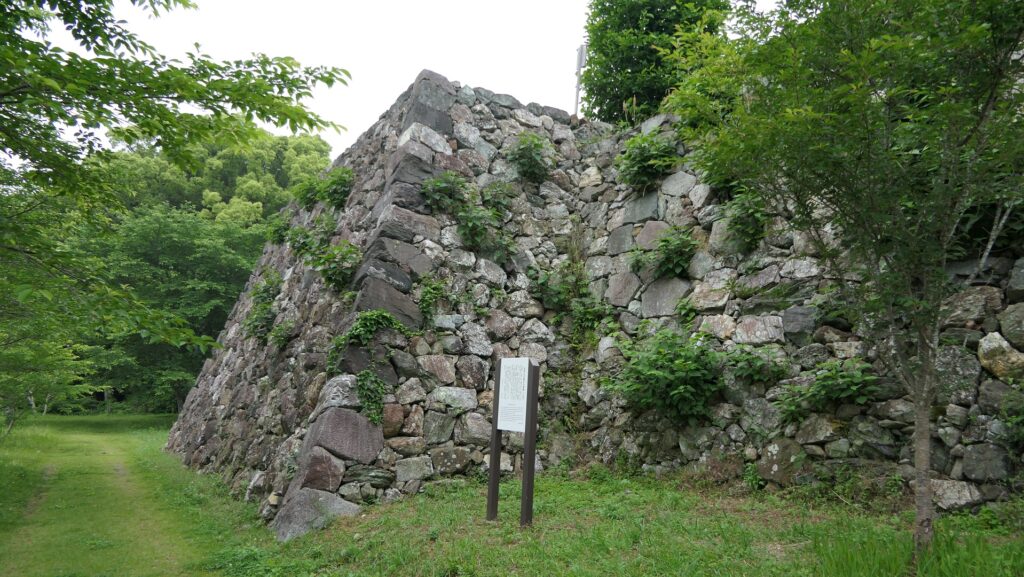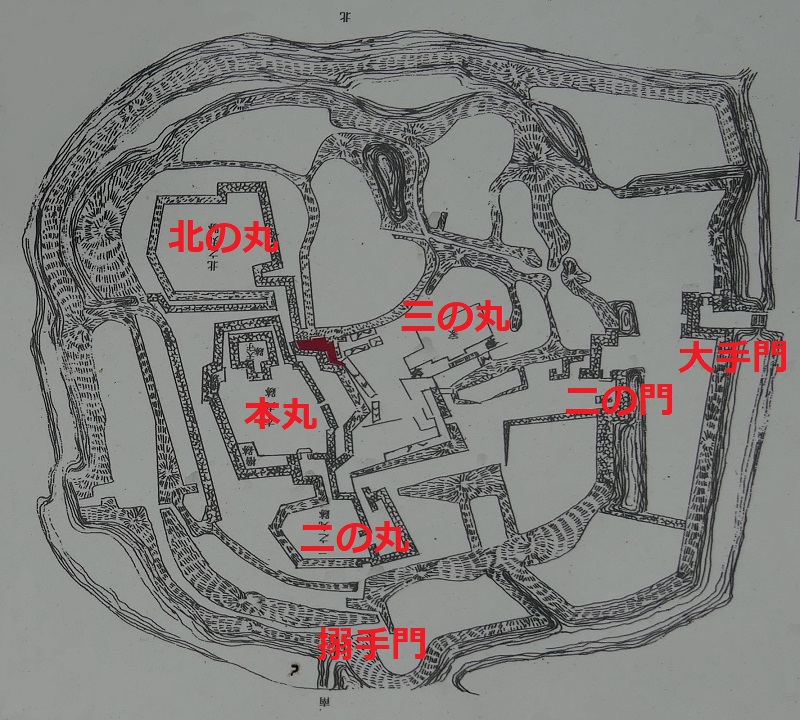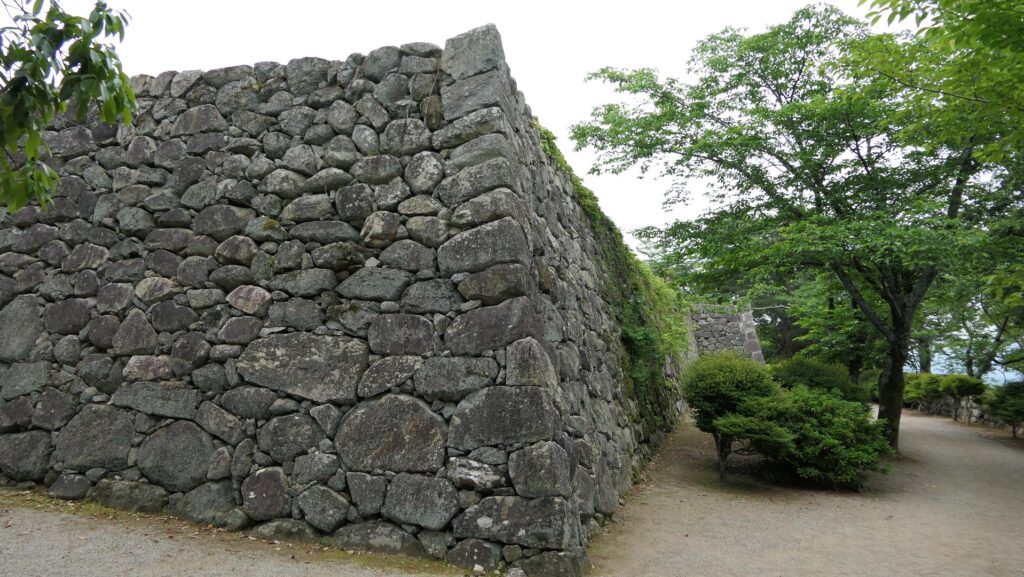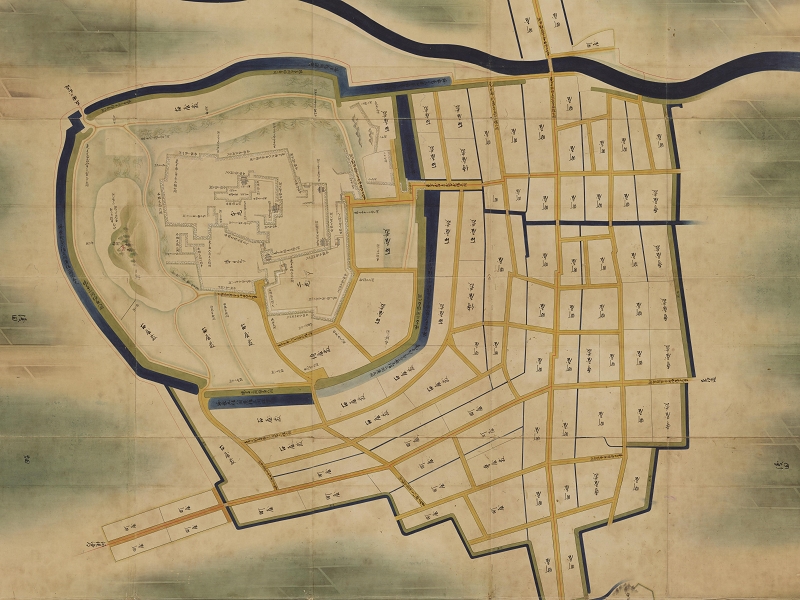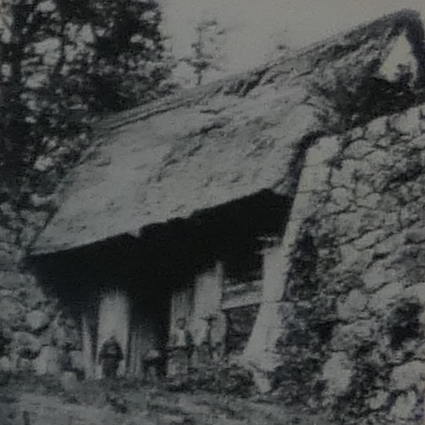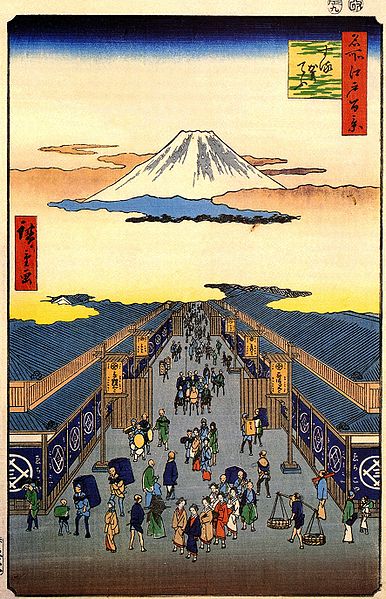Location and History
Nobukatsu Oda lives in Castle as Ise Province Governor
Tamaru Castle was located in the center of Ise Province which is almost the same as modern day Mie Prefecture. The castle has a long history, which was first built by the Kitabatake Clan in 1336 during the Northern and Southern Dynasties. The clan survived as a warlord and the governor of the province until the late 16th Century during the Sengoku Period, while the castle was a branch castle of them. The castle eventually got popular when Nobukatsu Oda became the governor in 1575. He also lived and improved the castle as his home base in the same year. The reason for it was that he had been adopted as the Kitabatake Clan’s successor when the Oda Clan and the Kitabatake Clan had made peace with each other after their battles.
The range of Ise Province and the location of the castle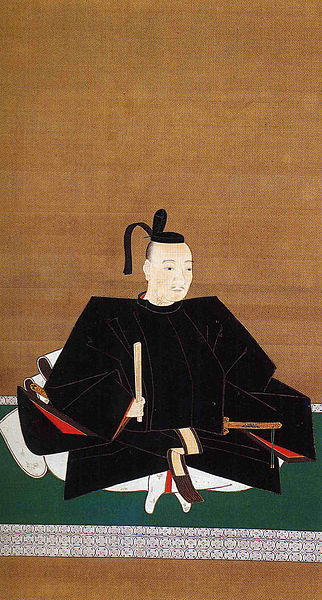
He is used by Rulers of Japan
Nobukatsu is one of the most difficult historical figures to evaluate fairly. He was a son of Nobunaga Oda, the ruler of Japan. He was first used by Nobunaga to take over the Kitabatake Clan. Nobunaga actually ordered him to kill his father-in-law, Tomonori Kitabatake in order to completely make the province Oda’s own. Some historians say Nobukatsu was a fool and an incompetent. For example, he failed his own invasion of Iga Province located next to Ise in 1579 and was blamed by Nobunaga.

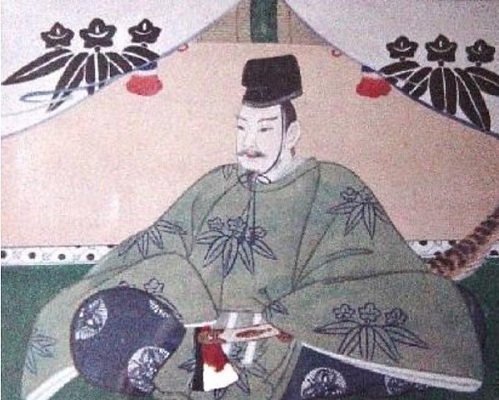
After his real father was killed in the Honnoji Incident in 1582, he was then used by Hideyoshi Toyotomi, the next ruler. Hideyoshi used him as a stalking horse of beating Katsuie Shibata, Nobutaka Oda or subordinating Ieyasu Tokugawa to Hideyoshi. In the end, just after the completion of Hideyoshi’s unification of Japan in 1590, Hideyoshi fired Nobukatsu because he complained about moving to another territory. That was also the moment when Hideyoshi completed to take over his original master, the Oda Clan.

He is highly educated person
However, was Nobukatsu really incompetent even if he was inferior to the rulers; Nobunaga, Hideyoshi, and Ieyasu? He was finally given small territories which included Uda-Matsuyama in Yamato Province and Obata in Kozuke Province by Ieyasu. He was able to govern from the first Ise to the last of these territories smoothly. He was also a highly educated person as he was once the successor of the Kitabatake Clan, which had been a noble of the Southern dynasty. It is proven by a remaining Japanese garden called Rakusanen in Obata which he built. Then, if you want to see what he was like as a warlord, it may be a good idea to see Tamaru Castle.
The location of Nobukatsu’s last territories
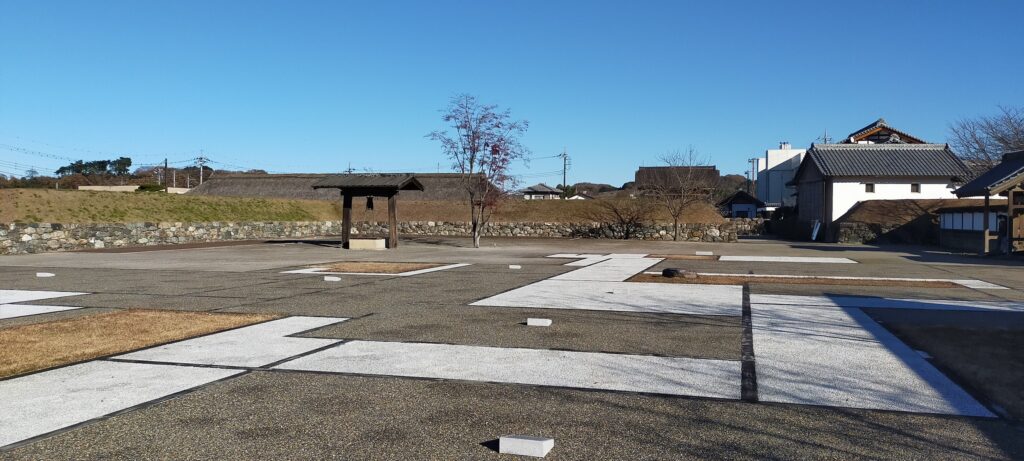

Castle is finally followed by Tokugawa Clan
Tamaru Castle was on a hill near Ise Gingu Shrine, with the main portion as connected the Northern, Main, and Second Enclosures on its top. The Main Enclosure also had the three-level Main Tower. The Third Enclosure was below these enclosures and all were surrounded doubly by the Inner and Outer Moats. The three gates behind the moats and of the Third Enclosure were bent inside to prevent enemies from attacking easily. This structure would lead to a square defensive space called Masugata later. Some stone walls were built including the stone wall base for the Main Tower, but the details are uncertain. As long as you look at the castle, Nobukatsu chose a good location and built it well. However, the castle was unfortunately burned down by an arson in 1580 before he had to move to Matsugashima castle.
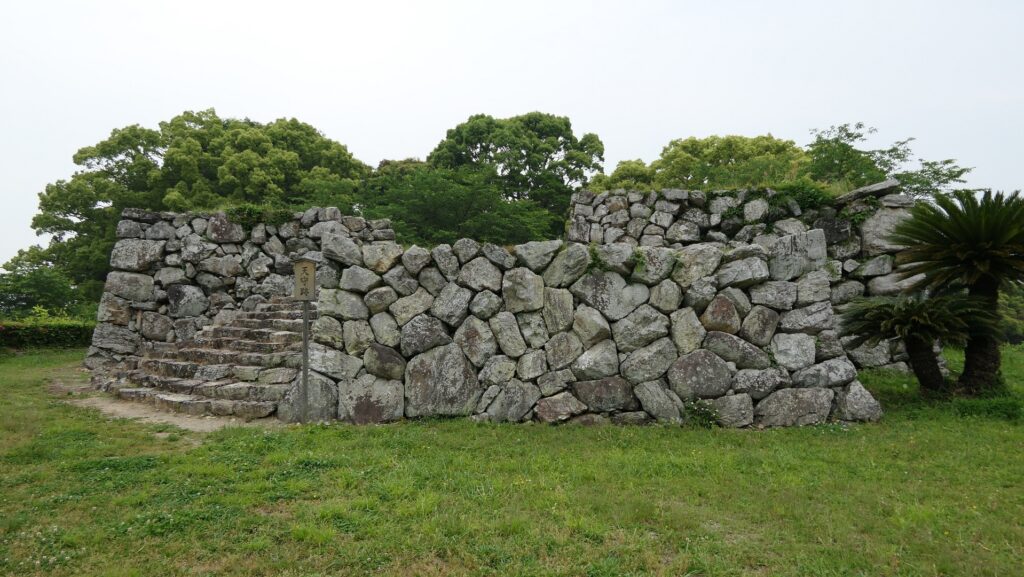
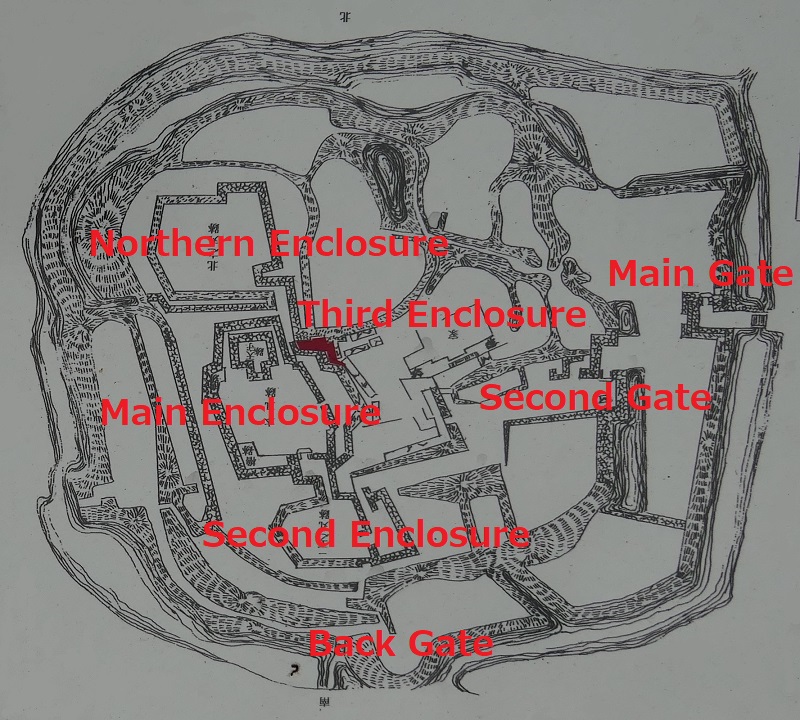
After that, the castle was restored by the Gamo Clan and followed by the Inaba, Todo and finally Tokugawa Clans. In particular, the Inaba Clan renovated the castle by building stone walls surrounding all the main portions. Since 1619, one of the Three Branches of the Tokugawa Family, the Kii Domain owned the castle through the Edo Period. It was based in the Wakayama Castle, so the Kuno Clan which was a senior vassal of the domain lived in the castle. The clan maintained and repaired it when it got old or suffered damage from natural disasters such as earthquakes.
